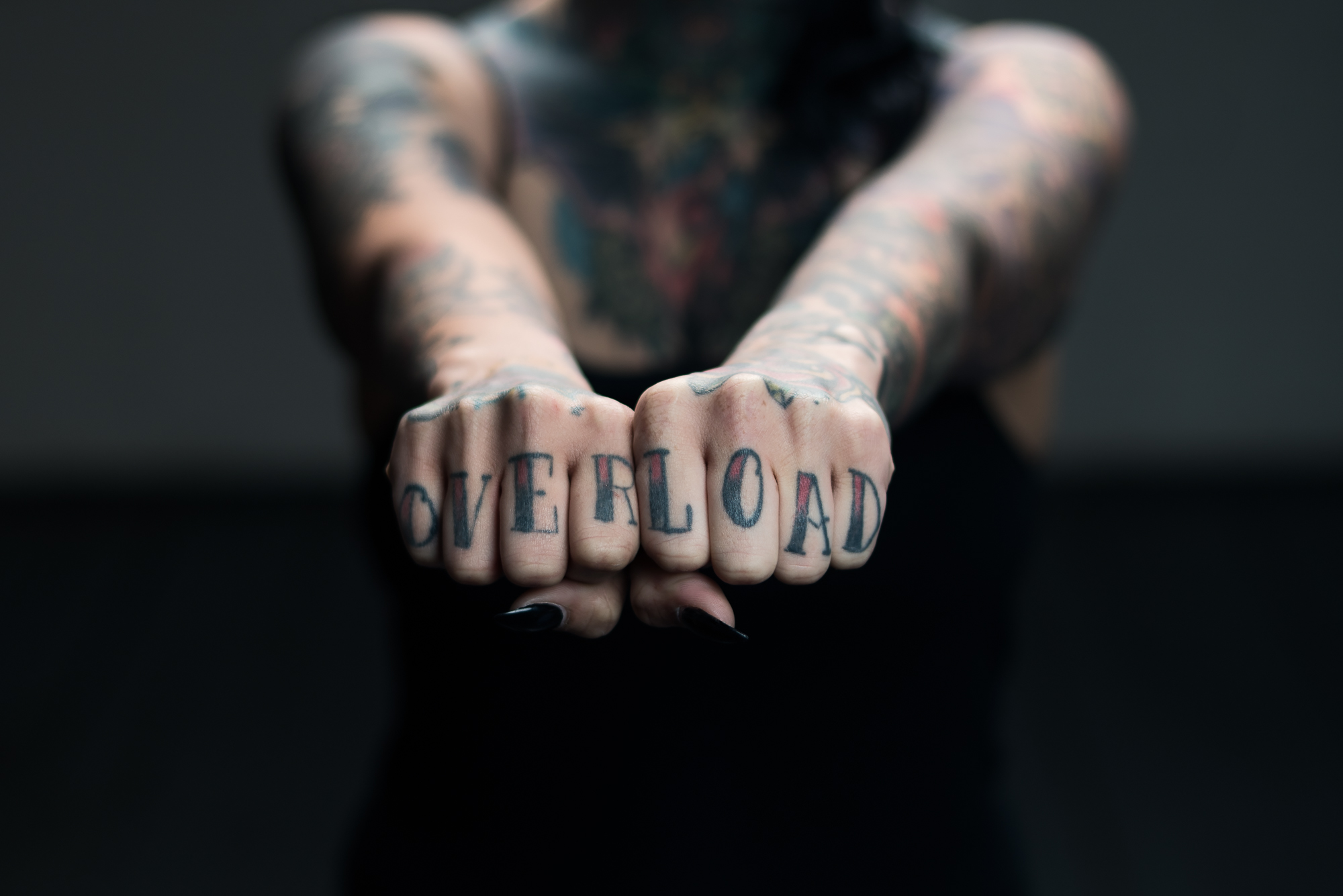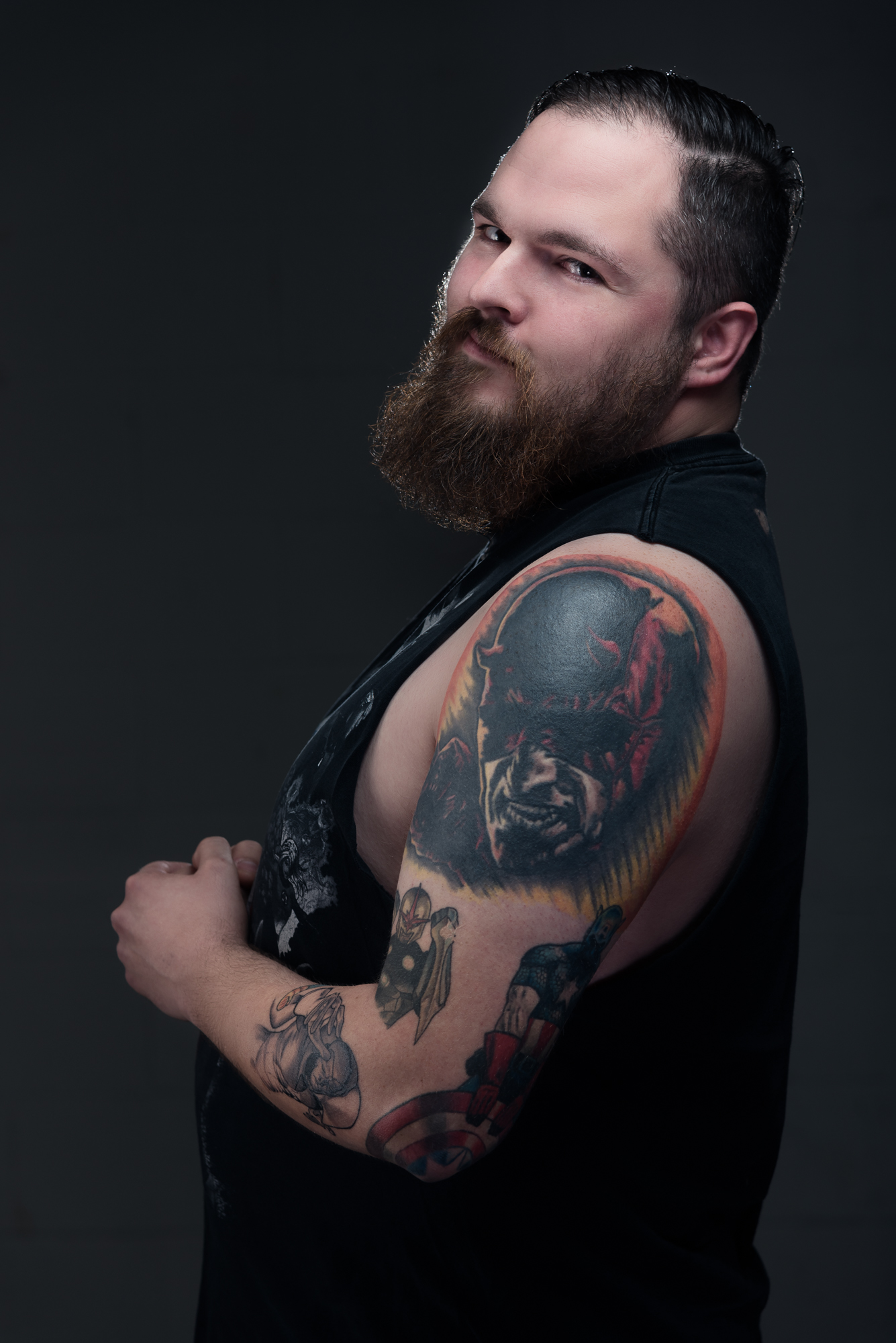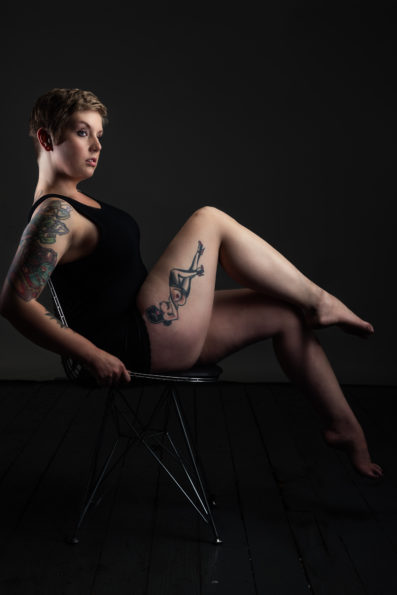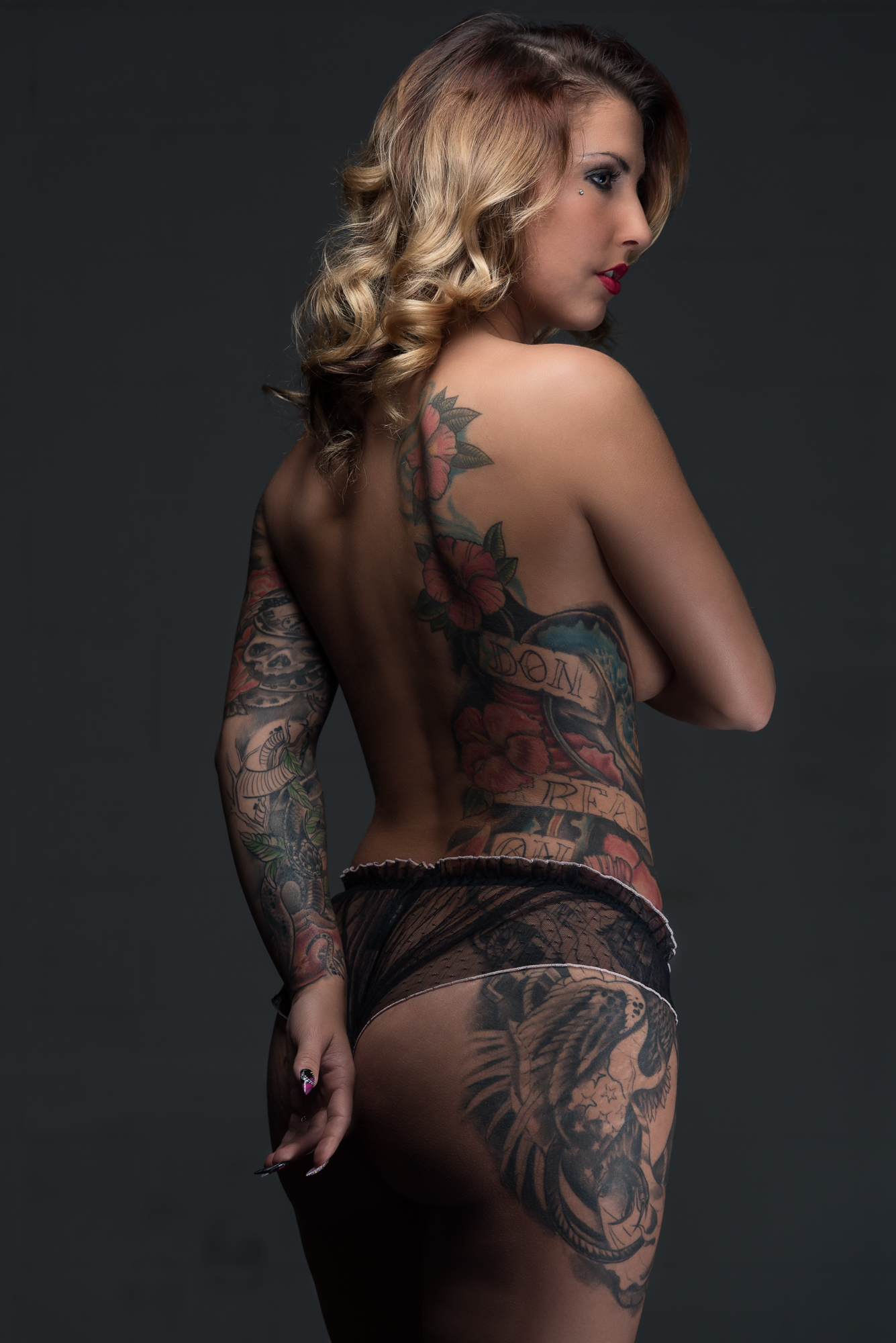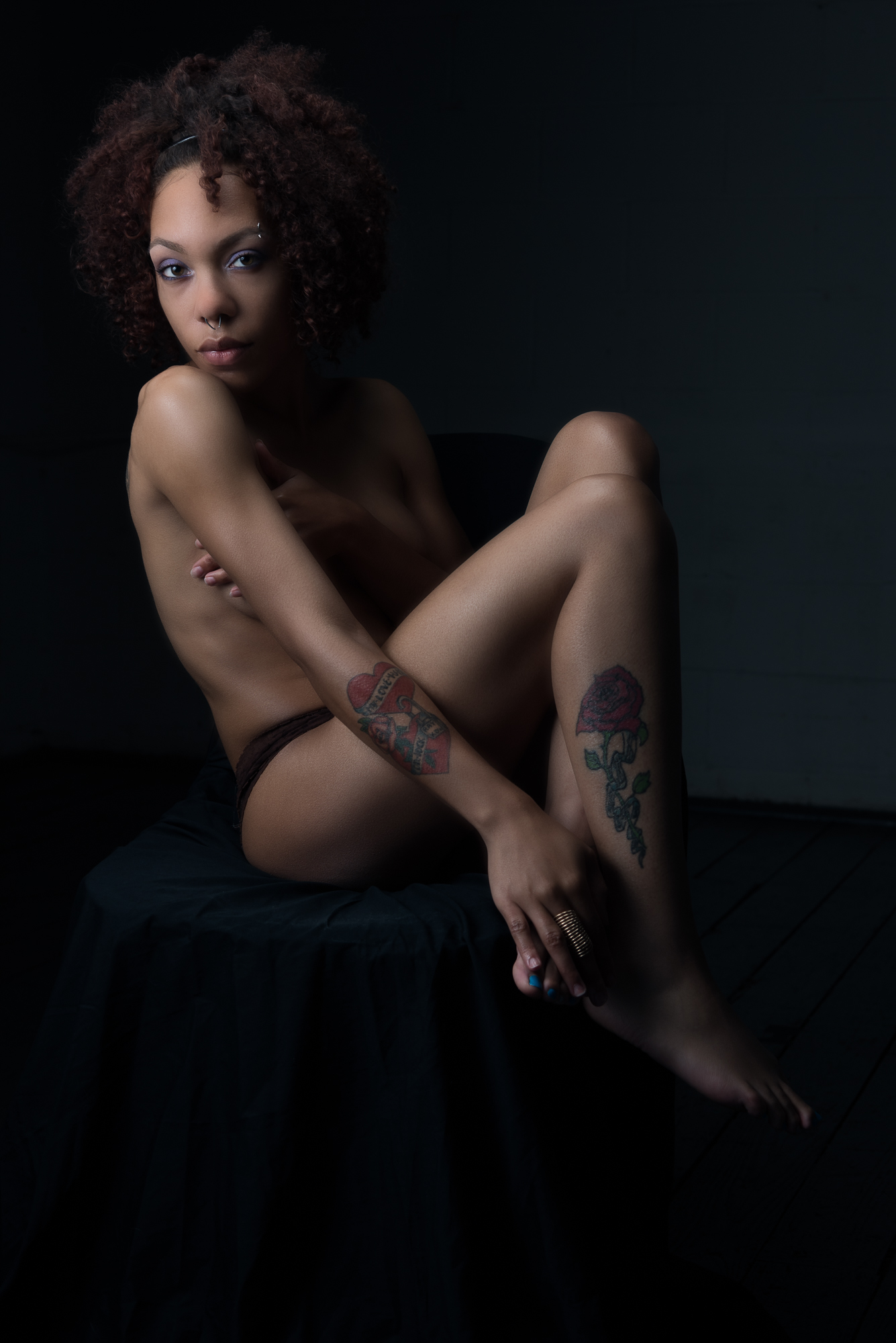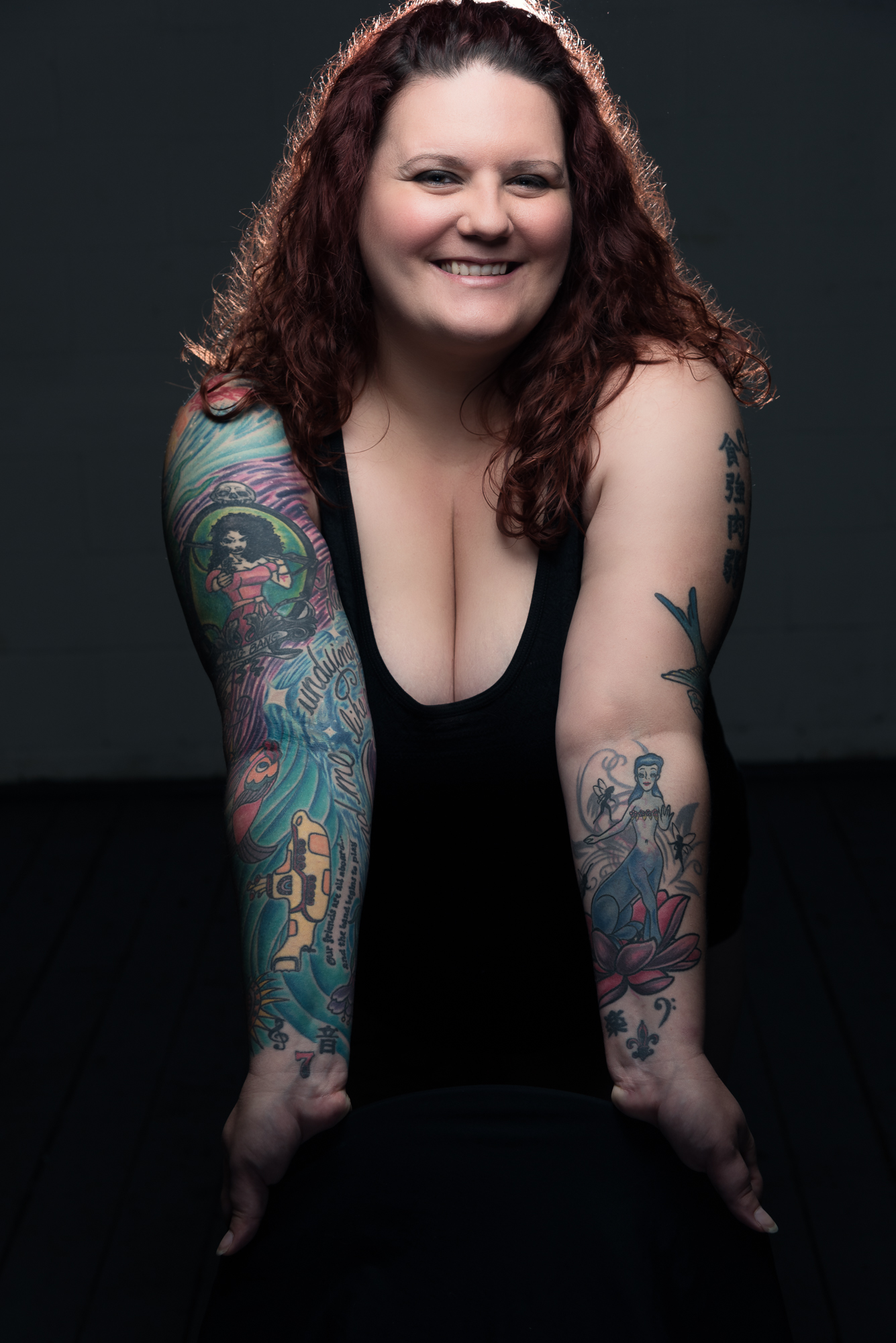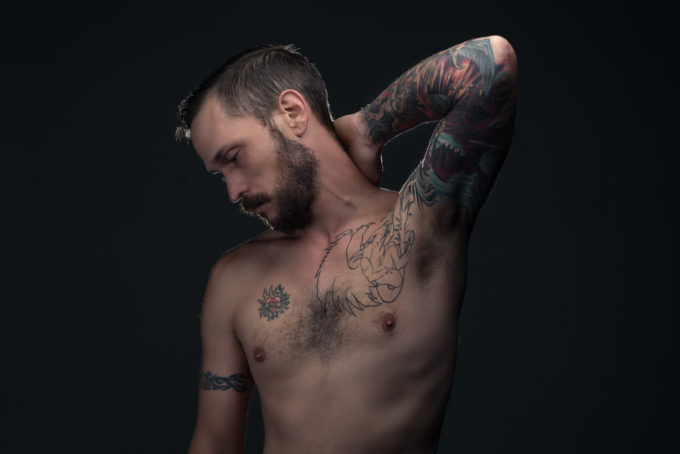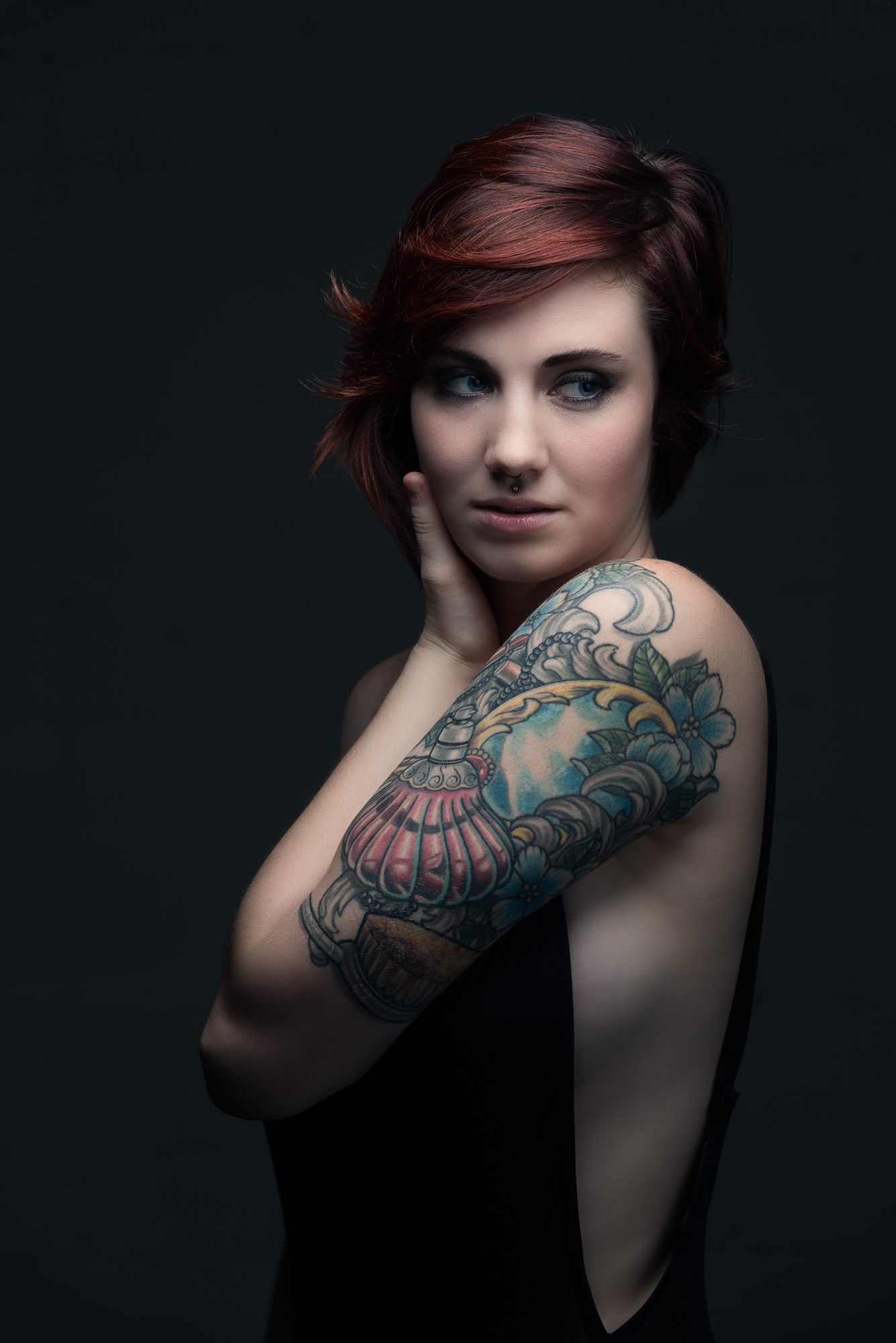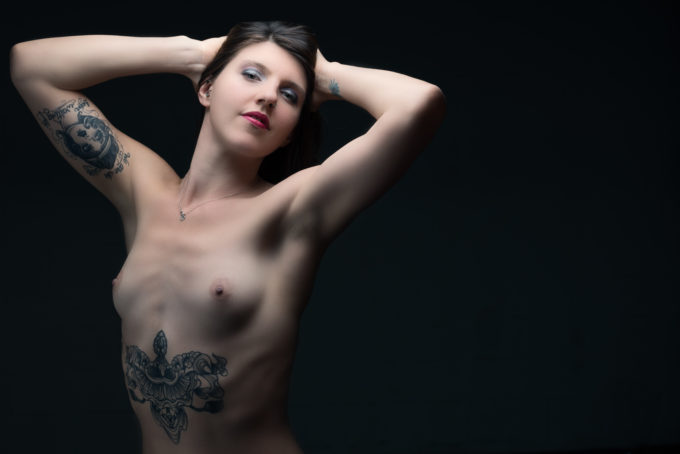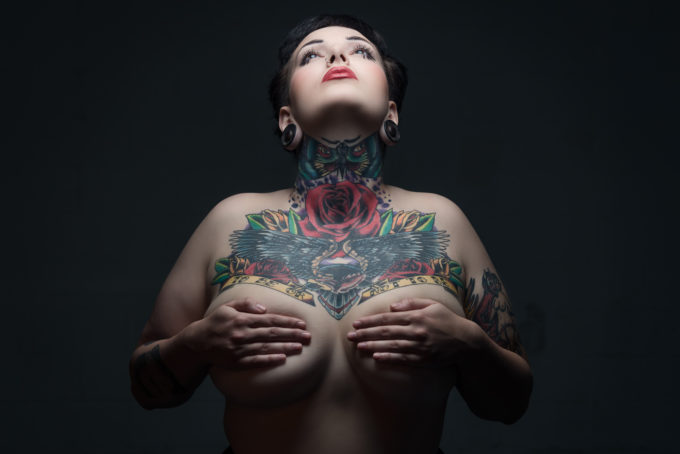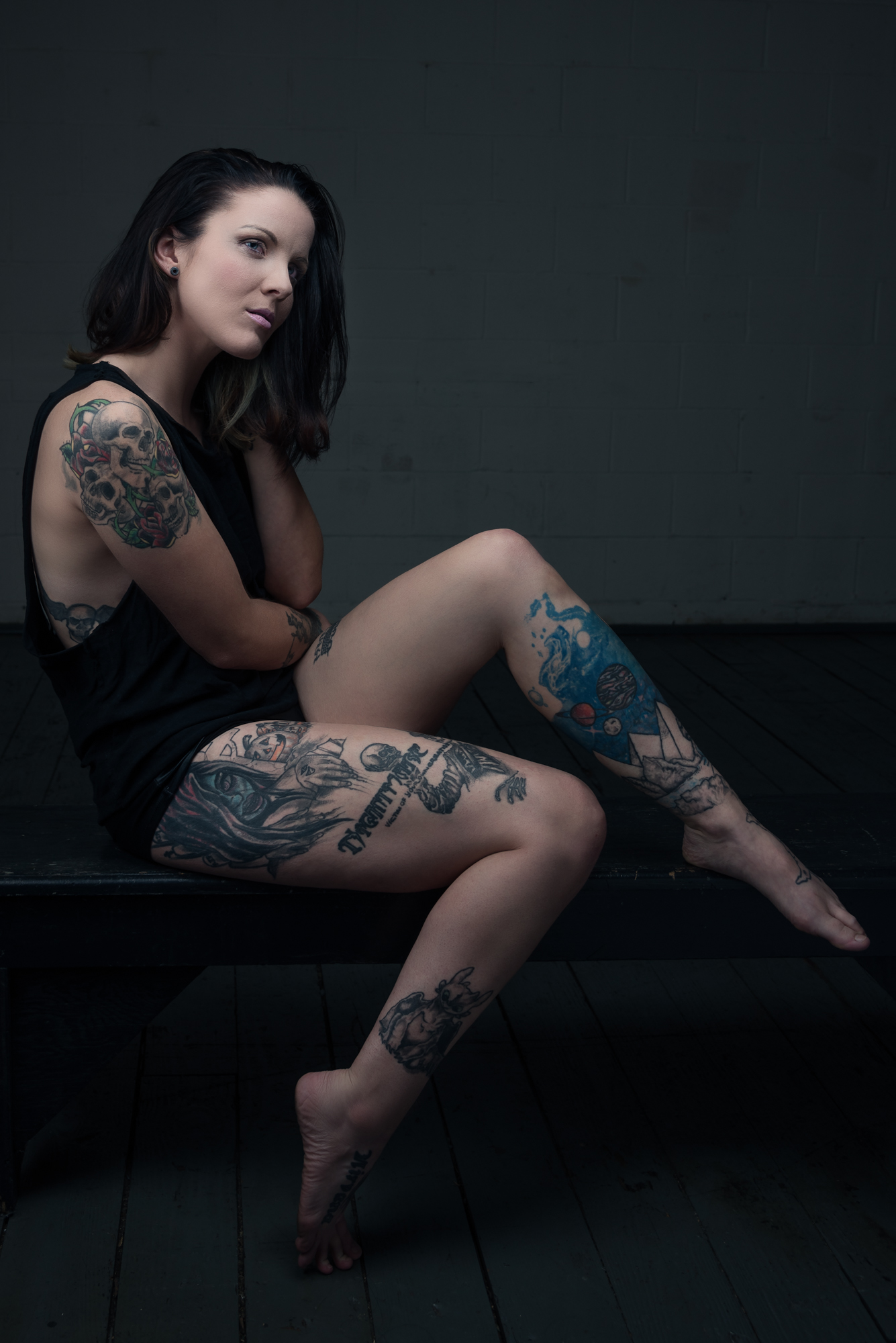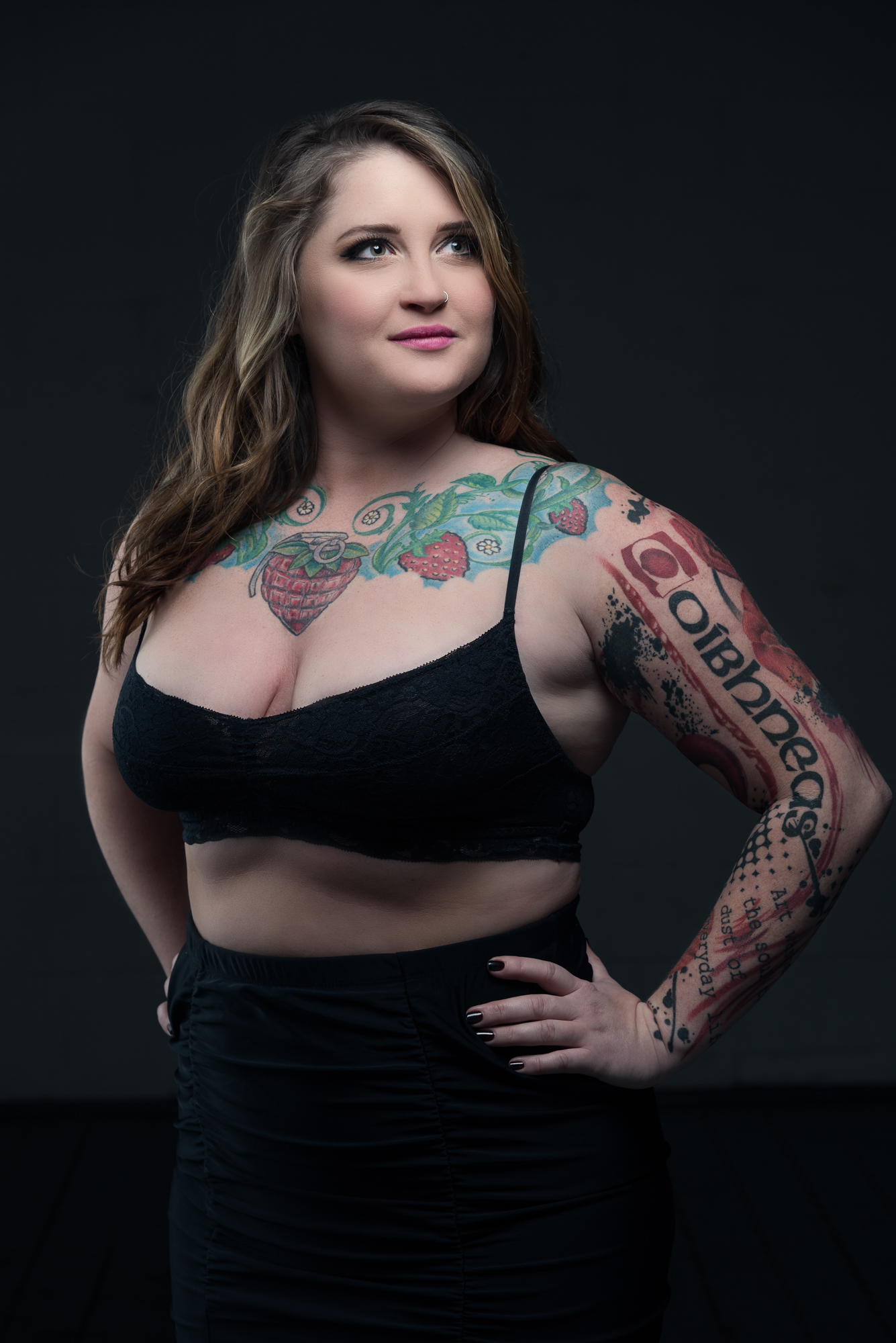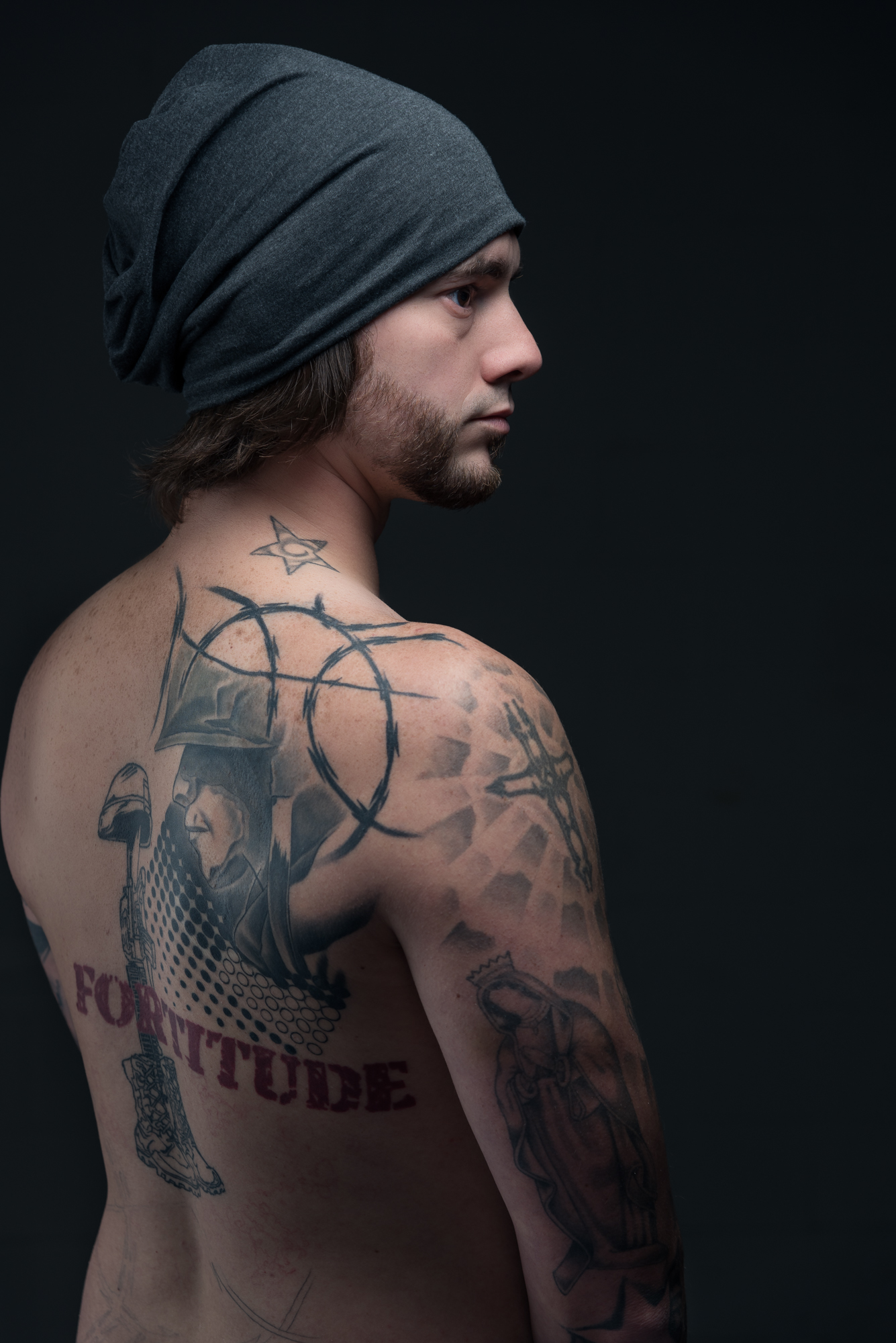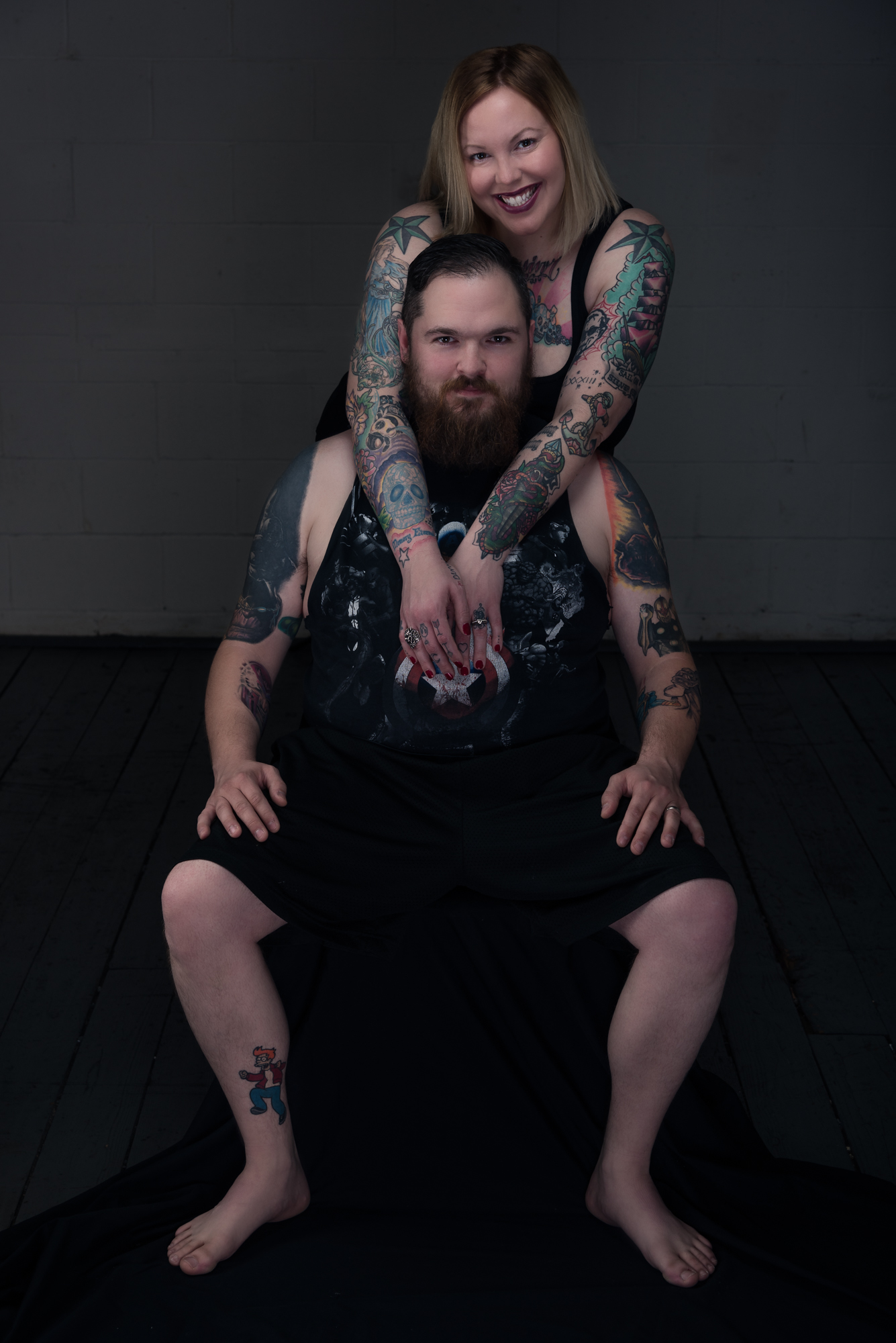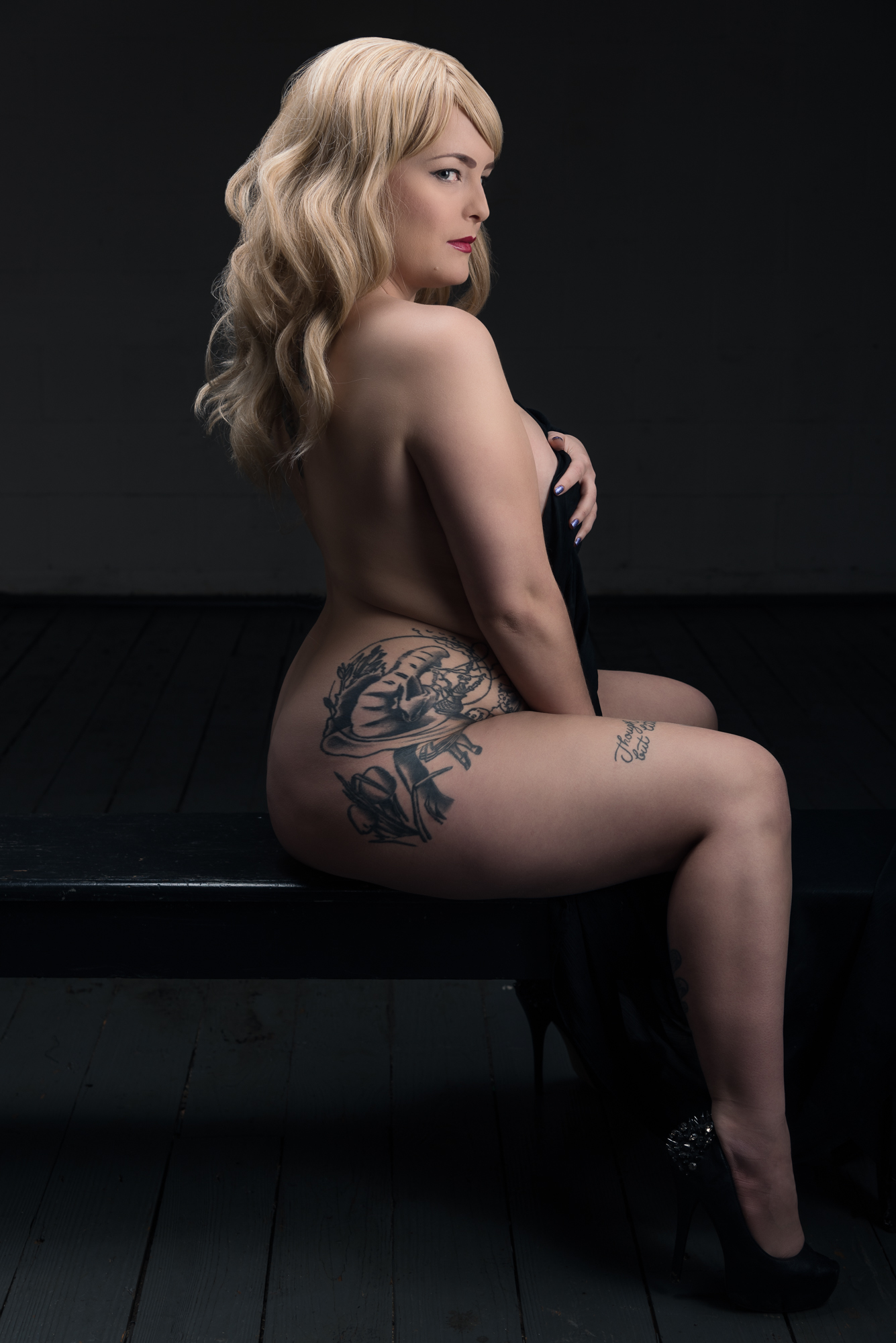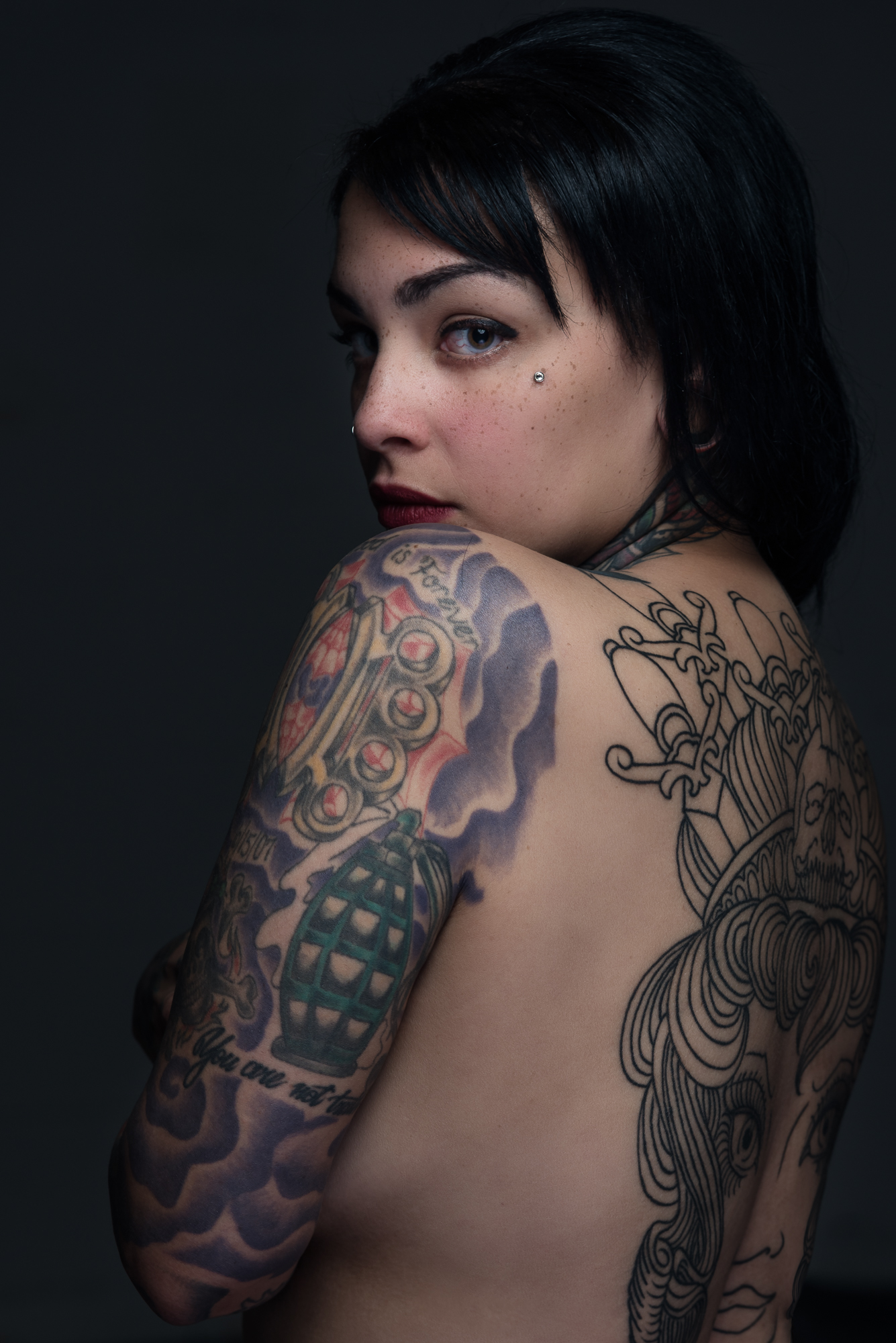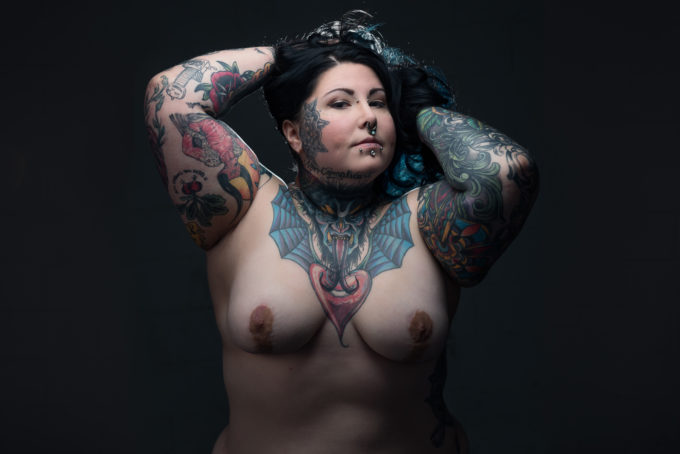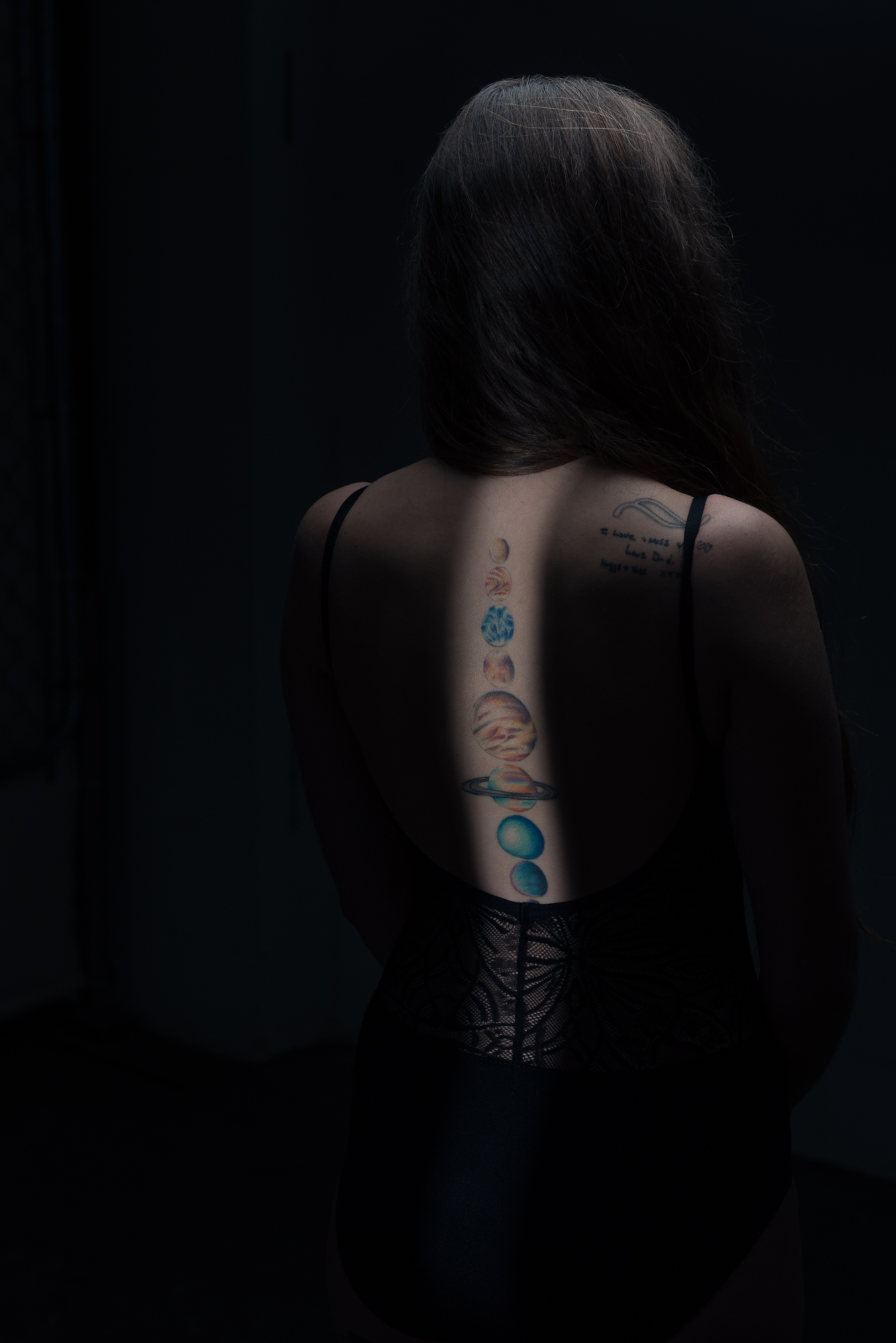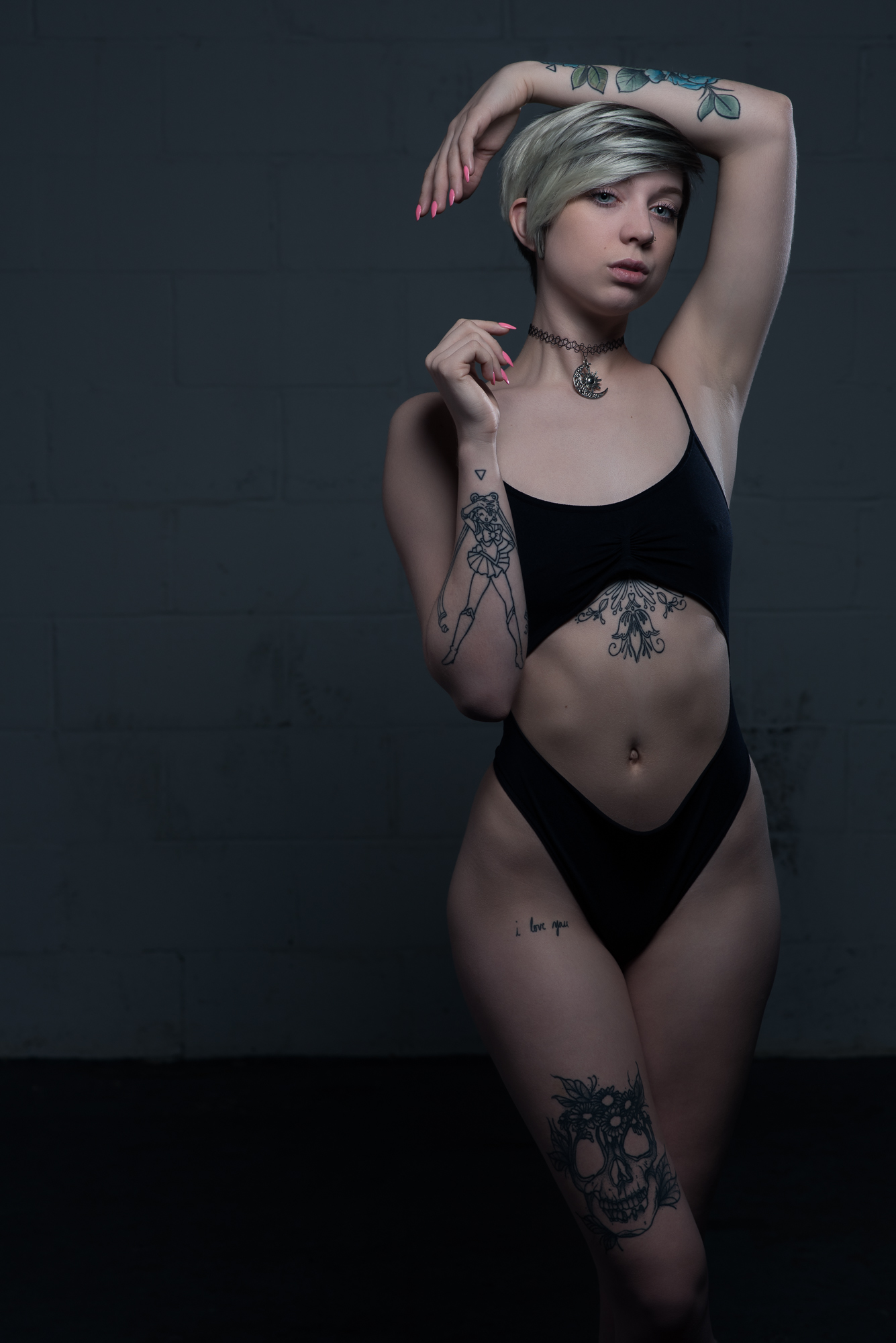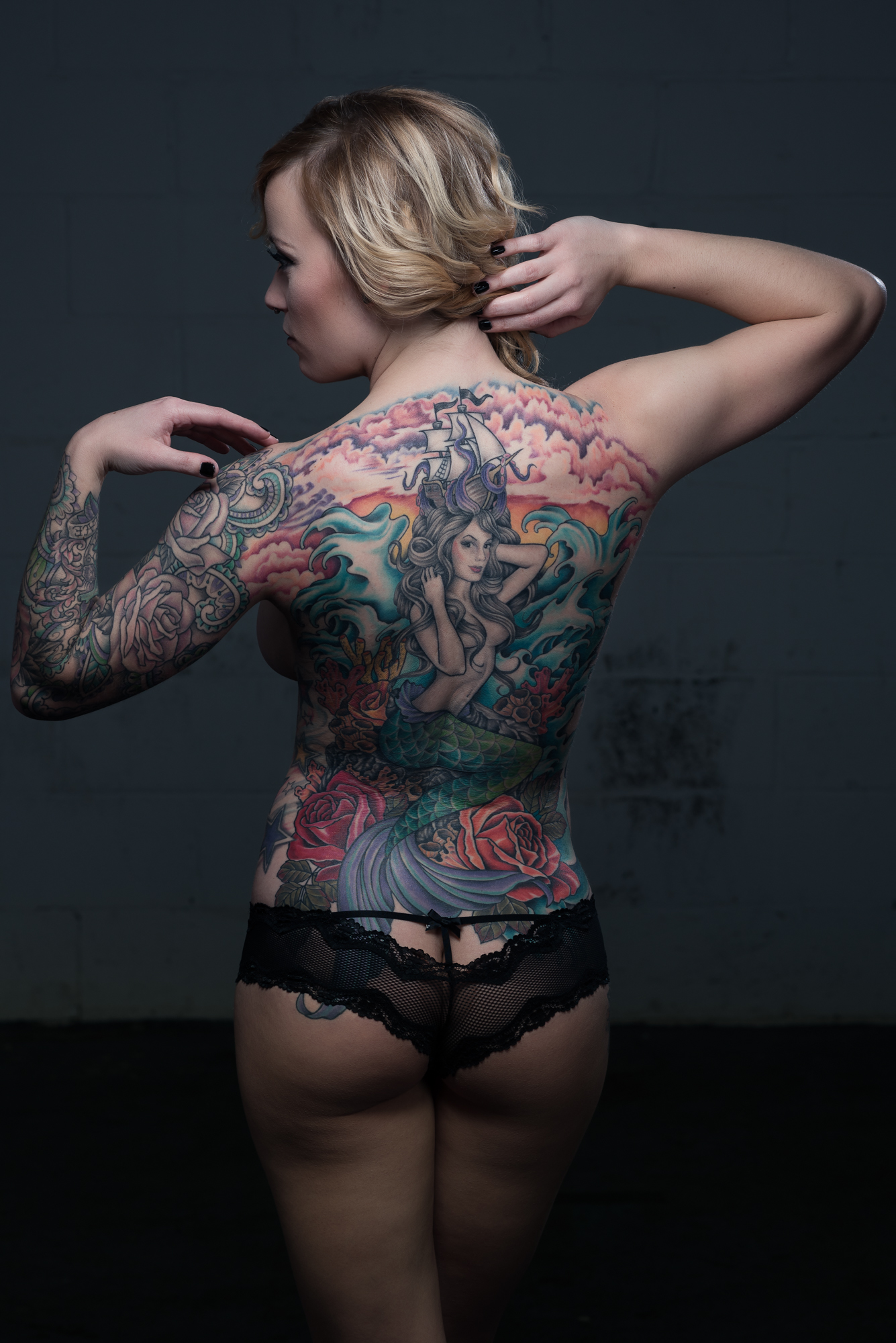Last Updated on 05/29/2023 by StateofDigitalPublishing
All images by Danny Alexander. Used with permission.
Danny Alexander is a portrait photographer living in Louisville, KY. He’s been previously featured on the site’s Creating the Photograph series, and didn’t really go to school for photography. In fact, he studied philosophy.
“I had first purchased a camera in order to take photos as reference for some writing I was doing at the time but found myself spending more time with the camera than I was writing.” he tells the Phoblographer. “Eventually I gave up on the writing altogether and focused entirely on photography.” He has been published in several magazines including Modern Louisville and Ar Leith.
Since then, Danny has completed several projects including the year long 52 Portrait Project and, more recently, a tattoo portrait series entitled Skin as Canvas. The latter is a study of Danny calls “intimate representation of some aspect of that person’s life.”
Phoblographer: Talk to us about how you got into photography.
Danny: I landed in photography more by accident than anything else. I had first purchased a camera in order to take photos as reference for some writing I was doing at the time but found myself spending more time with the camera than I was writing. Eventually I gave up on the writing altogether and focused entirely on photography. I borrowed my Dad’s old 35mm Minolta XG-M camera and taught myself all I could on that. Film is a great way to learn by the way, the investment of time and money into film acts as a great incentive to improve. Like most beginners, I didn’t have much in the way of direction in photography so what I was shooting was all over the place. I shot as much as I could of as much as I could. Eventually I found my focus in portraiture.
Phoblographer: What made you want to get into portraiture?
Danny: I think it was the challenge of portraiture that drew me to it. In both technical and personal aspects. Personally, I’ve never been great at speaking with people. It’s just never been a strong suit of mine but having a camera helped me literally find my voice. It might be because I’m focused on everything else besides trying to talk with my subject that makes actually talking with my subject that much easier. So it’s really given me an opportunity to work with people I otherwise wouldn’t have met much less have a chat with. On the technical side, I’ve always enjoyed puzzles and sometimes getting the portrait right is like trying to solve a puzzle. You have the final picture in mind so it’s a matter of figuring out how the pieces go together to make it.
Phoblographer: So tell us about Skin on Canvas. Where did the inspiration to do this project come from?
Danny: I find body art and those who dedicate their bodies to it fascinating. Not only because it’s permanently modifying one’s body for art but also because tattoos can offer this intimate representation of some aspect of that person’s life and it’s on display to the public. So tattoos can take on this cryptic nature of having meaning to its owner while others might just see it as purely decorative. I wanted to highlight this in the series by removing all other possible tells of that person’s character, like clothing and environment, and have the viewer look past just the aesthetics of tattoos and try to decipher its meaning.
Phoblographer: A lot of your creative vision seems to be using the same space over and over again; why did you feel that the uniformity was critical to the project?
Danny: The space we occupy can say a lot about us. It’s one reason I love the work of Joe McNally and Dan Winters as they know how to make the environment have as much character as the subject. But this series was meant to focus entirely on the individual and their tattoos so an environment that doesn’t have a character of it’s own and could easily be kept uniform throughout the series was key. Initially I thought to use a white or black backdrop but that didn’t get past a few test shots. I wanted the subject to fill the room with their character and sometimes a white or black backdrop seems like too much of a void to fill. Same goes for the subjects clothing. I wanted the subjects to be bare, or at least as bare as they felt comfortable with, to remove any items that might speak about the individual. The only non-uniform aspect of each shoot for the series was meant to be the subject and their tattoos.
Phoblographer: So how did you go about doing this and sticking through to the end? It takes a lot of motivation for many photographers to do a project at all.
Danny: There was definitely a tough month or two where I was ready to be done with the series. It’s funny how you can have several really good shoots in a row then you get one that doesn’t go so well and the whole thing feels like a bust. Really I think the series only survived because I had booked so many people and trying to cancel on them all would have been a nightmare. It’s easy to get over disappointing yourself but there’s a bit more motivation in not disappointing others.
Phoblographer: What was the portrait process like? It had to be very different for each person because of their tattoo placement! How did you keep this in mind and figure out poses accordingly.
Danny: Yeah it was a bit different than usual portrait shoots. Each shoot started a tad clinical like with asking “so where are you tattoos?” Then I would work around one tattoo or piece at a time, finding a look that best showed the tattoo and flattered the subject. But I didn’t want the subjects to look to rigid or posed so it was a lot of trial and error. Tattoos on the forearm or calves especially were difficult as there’s not a lot of ways to show them off that look natural. I would often ask the subject if they stood a particular way what would feel most natural to them? So it was providing instruction but letting them make the pose their own. Luckily some of the subjects are performers or had modeled before so I think I learned a lot about posing by asking them questions.
Phoblographer: What made you specifically choose your subjects?
Danny: There wasn’t a lot of criteria for the subjects beyond having either large tattoos or a lot of them. The more the subject had or the bigger the tattoo the better. Most of the subjects were volunteers who liked the pictures from the series that I had posted or the idea behind the project. I did reach out to a few people who had these large, beautiful pieces done that I really wanted in the series. I wanted to be sure to get all different types of tattoos and people so there weren’t a lot of specifics in place.
Phoblographer: Talk to us about the gear you use.
Danny: I shot the series with a Nikon D750. It’s one of my favorite cameras I’ve used. I had just switched back to Nikon after shooting with a Sony A7 for a while so there were quite a few changes to my kit throughout the series. I started with a Nikon 24-120 f4 and later added a Nikon 85 1.8, Nikon 50 1.8, Sigma 35 1.4, and a Nikon 24-70 F2.8. Lighting gear stayed pretty constant with two Yongnuo YN560 III, one in a FTX 22” Beauty Dish, and the other either in a 51” Paul C. Buff PLM umbrella or a 36” Photek Softlighter II. Later the second YN560 was replaced with an Alien Bee B400 used primarily in the PLM.


